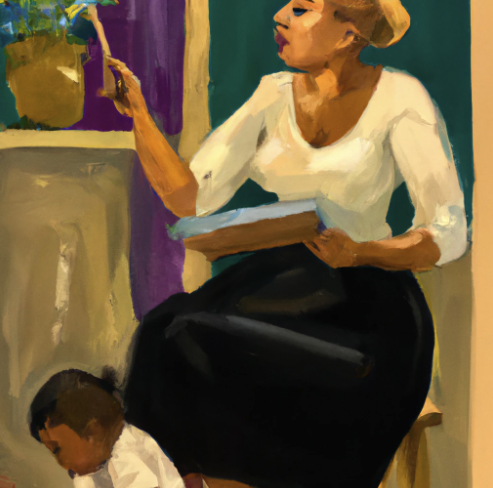In the world of early education, the creation of an effective preschool curriculum holds immense value. Not only does it pave the way for future academic success, but it also serves as the foundational structure that supports the development of a child’s cognitive, emotional, and social skills.
Understanding the Importance of a Preschool Curriculum
A preschool curriculum is not just about reading, writing, and arithmetic. Instead, it’s an all-encompassing framework that aims to enhance the overall development of a child. This includes shaping their communication skills, igniting their curiosity, and providing them the means to comprehend and interact with the world around them.
Why is this crucial? Studies have shown that a well-structured preschool curriculum can greatly benefit a child’s readiness for kindergarten and subsequent educational stages. Furthermore, the preschool years are a time of rapid brain development, making it an optimal period for children to acquire new skills and knowledge.
Essential Components of a Preschool Curriculum
A good preschool curriculum should consist of these key components:
- Literacy and Language Development: Introducing children to the world of letters and words, enhancing vocabulary, promoting listening skills, and encouraging expressive language and narrative skills.
- Mathematical and Logical Thinking: Providing opportunities to learn basic counting, sorting, and patterning. This element also fosters problem-solving and logical thinking skills.
- Science and Discovery: Enabling children to explore the natural and physical world, promoting a sense of curiosity and understanding of the environment.
- Social and Emotional Development: Emphasizing on the development of interpersonal skills, emotional awareness, empathy, and cooperation.
- Physical Development: Activities that encourage gross and fine motor skills development, promoting health and fitness.
- Creative Arts: Encouraging self-expression and creativity through art, music, drama, and dance.
- Cultural Awareness: Introducing children to a variety of cultures and traditions, promoting inclusivity and diversity.
Crafting a Balanced Preschool Curriculum
One of the main challenges in developing a preschool curriculum is ensuring it’s balanced. It should offer a blend of child-directed and teacher-led activities, integrate play-based learning, and provide plenty of opportunities for individual exploration.
Here are some key considerations:
- Child-First Approach: Keep the needs, interests, and developmental level of the children at the heart of your curriculum planning. Each child is unique, and the curriculum should reflect this diversity.
- Integrated Learning: Try to connect different areas of learning. For example, a cooking activity can integrate math (measuring ingredients), science (observing changes in matter), and language skills (following a recipe).
- Flexibility: While maintaining a structured routine is essential, be flexible and willing to adapt to the changing dynamics of the classroom.
- Assessment and Feedback: Regularly assess children’s progress and provide constructive feedback. This will help in identifying any areas of improvement and customizing the learning process accordingly.
Conclusion
Creating an effective preschool curriculum is a thoughtful process that requires a deep understanding of early childhood development principles. It involves a delicate balance of academic readiness, skill-building activities, and fostering a love for learning. By incorporating these components and considerations into your curriculum planning, you can provide a rich, comprehensive, and engaging learning experience for your preschoolers.
Remember, the ultimate goal is not just about preparing children for the next academic year. It’s about nurturing them to become curious, confident, and compassionate individuals ready to explore the world.

